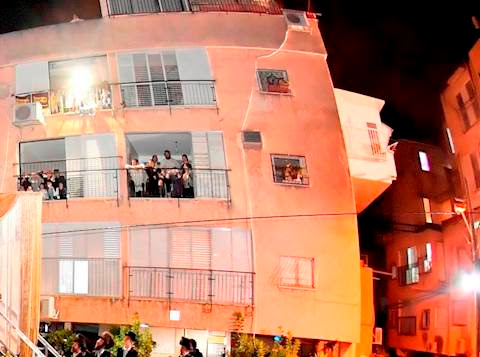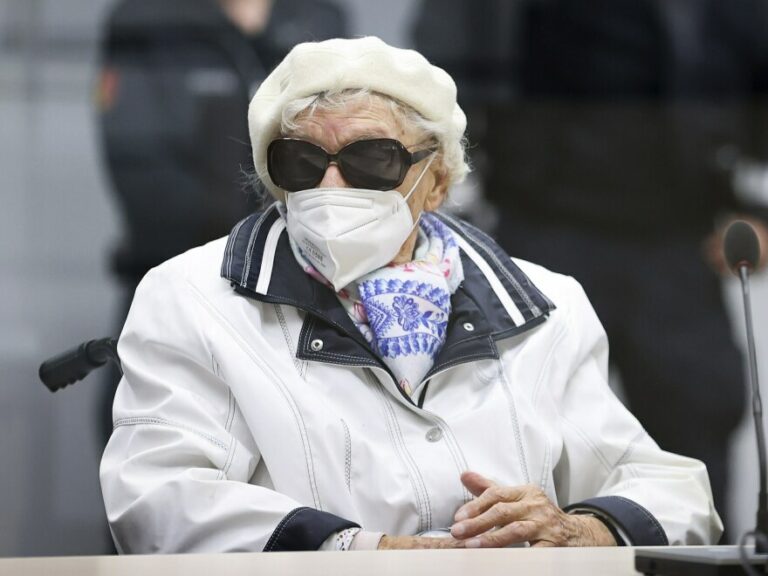A report by the Coronavirus National Information and Knowledge Center warned that Chareidi areas in Israel are experiencing an increasingly high rate of coronavirus infections, with most of the new virus cases in Jerusalem in the past week in Chareidi neighborhoods.
According to the report, 47% of the coronavirus cases in Jerusalem in the past week were in the neighborhoods of Sanhedria Murchevet, Givat Hamivtar, Har Nof, Ramot, Ramot Bet, Kiryat Sanz, Kiryat Belz, Geulah, Mea Shearim, Neve Yaakov, Mattesdorf, Makor Baruch, Tel Arza and Machanayim.
The percentage of people who tested positive for the coronavirus in the past week in Chareidi neighborhoods in Jerusalem was 17% versus 7.4% in the general population.
The most high-risk areas are Bnei Brak, Beitar Illit, and Kfar Qasim, the report stated.
Further on the list are the cities of Jerusalem, Kiryat Malachi, Tel Aviv, Modiin Illit, Beit Shemesh, Rechasim, Dimona and Ar’ara B’Negev.
According to the study, 72% of coronavirus carriers contracted the virus at home from family members, a percentage that explains that high infection rate in Chareidi areas, where the number of members per household is much higher than the national average.
About 160 bochurim at Yeshivas Beis Matisyahu tested positive for the coronavirus in the past week out of the about 600 bochurim at the yeshivah. Most of the bochurim have already been transferred to coronavirus hotels and the rest will be transferred shortly.
(YWN Israel Desk – Jerusalem)












4 Responses
The real question is how many are being hospitalized and how many are dying? The article suggests that chareidi communites are emptying out due to massive numbers of deaths, which is not reflected in secular news sources. Statistical evidence from around the world suggests that only 1 in 20 people infected with Covid19 become seriously ill, and that the likelihood of becoming seriously ill correlates very closely with age (and chareidim have a very low average age, since we have many children). So is this story about the sudden destruction of the chareidim in Eretz Yisrael, or is simply misconstrued statistics presented for “shock value” rather than meaningful journalism.
You have to wonder why the crowded Chareidi communities in Brooklyn and lakewood are not spiking. But the answer is obvious. In Israel they “figured it out”, and they locked everyone and everything down with mandatory quarantines, border closure, etc. The result of course was, besides destroying the Israeli economy (which notably is hardly relevant to frum Israelis) and creating advanced strife between the frum and the secular self-loathing Jews (by providing opportunities which abounded for the police to harass the religious), that there is no “herd” immunity amongst the general populace. Obviously, then, as soon as you reopen, the disease attacks as strongly as before. In the US, however, we paid a dear but probably ultimately inevitable price for the herd immunity acquired, but now cases are as rare as a brown hen on erev Yom Kippur.
I guess the lesson is you can’t fool G-d.
those charadim in Kfar Qasim are not adhering to protocols, not only do they not wear masks, but they don’t keep shabbos ! maybe that is why there is so much virus in Kfar Qasim!
In order to get a better picture of the percentages, when attributing them to Hareidim as opposed to non-Hareidim, it would also be useful to mention the percentage demographics of the place you are studying. For example, the citation of the report mentions that 47% of the cases in Jerusalem last week are from the list of neighborhoods it lists. However, it does not mention what percentage of the population of Jerusalem is Hareidi. Is that percentage, by the way, close to 47% as well? Maybe yes or maybe not. But if it were, or close it, then there would be no reason to differentiate between the Hareidi groups and non-Hareidi groups in Jerusalem.
Not only that, but when it cites the percentage of cases of Hareidi vs. non-Hareidi in Jerusalem, it does so not on the basis of Jerusalem, but of the country at large, saying 17% vs 7.4%. However, even if, lets say, the distribution of cases was equal between Hareidim and non-Hareidim in Jerusalem, such as 50% and 50%, if you were to take those numbers on the basis of the population at large, for sure the percenteage of Hareidim would look much larger, but that’s because the pouplation of non-Hareidim in the country at large is a bigger section then the percenteage of Hareidim in the country at large – thereby making the 50% and 50%, look more like XX% vs X%. I suggest that the statistics of this presentation be done on the basis of Jerusalem, not the country at alrge, if you are comparing sections in Jerusalem. Furtheremore, to point out what are the demographics of Jerusalem to know what you are comparing them to.